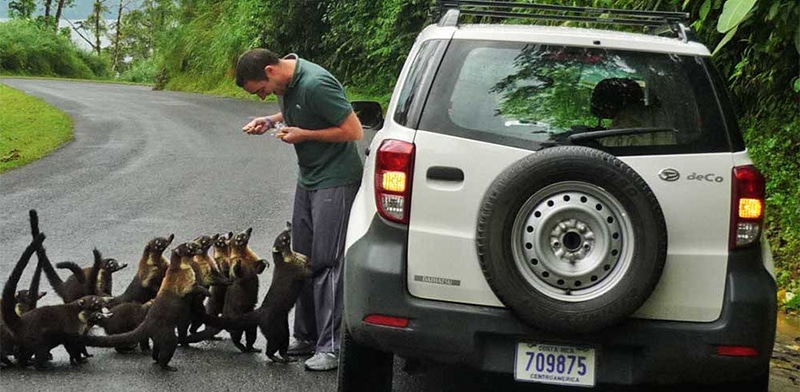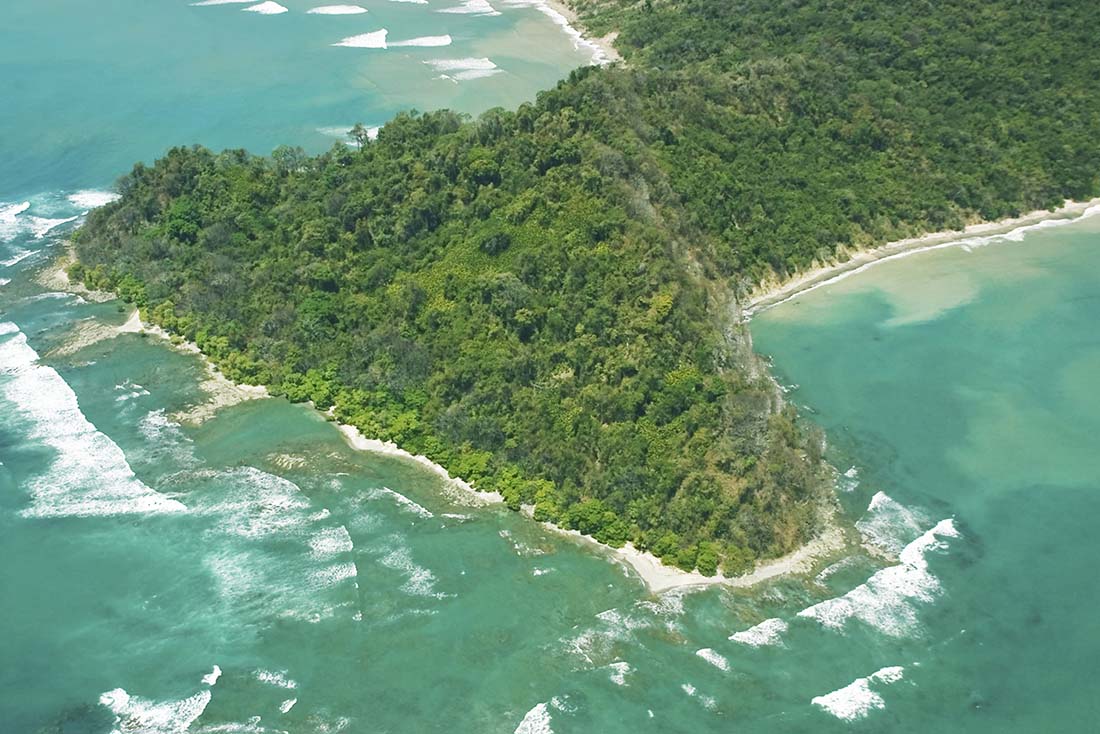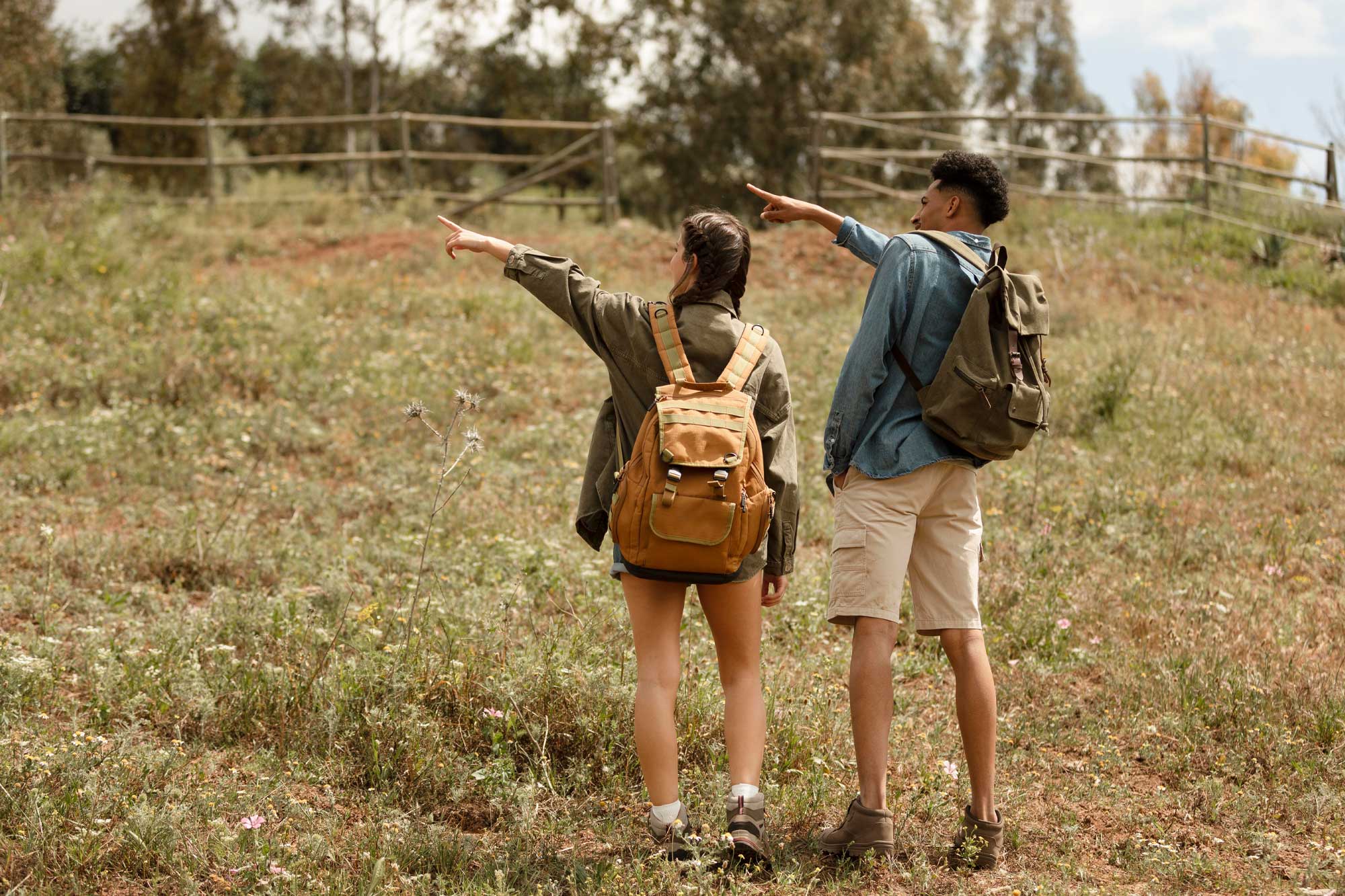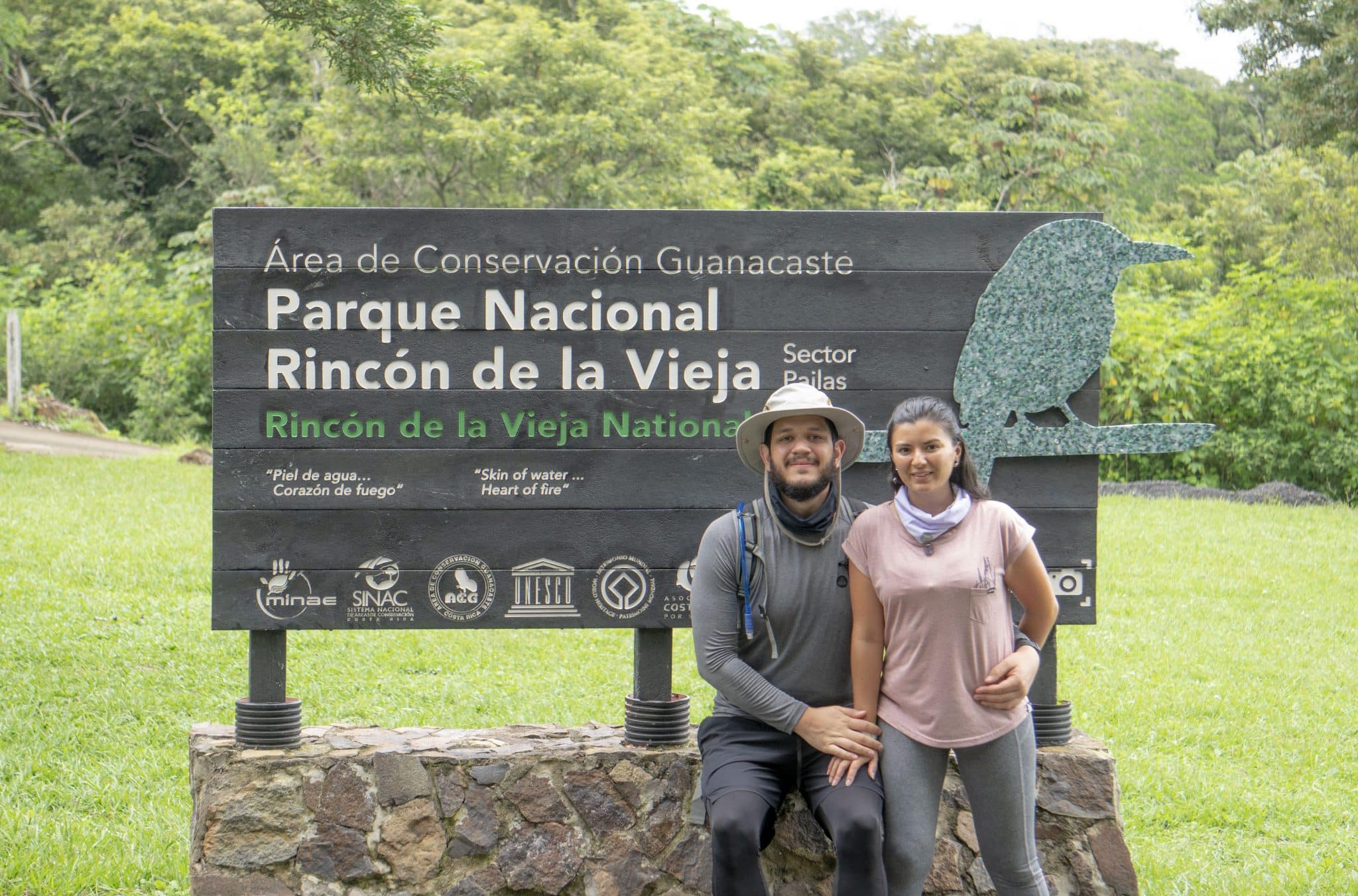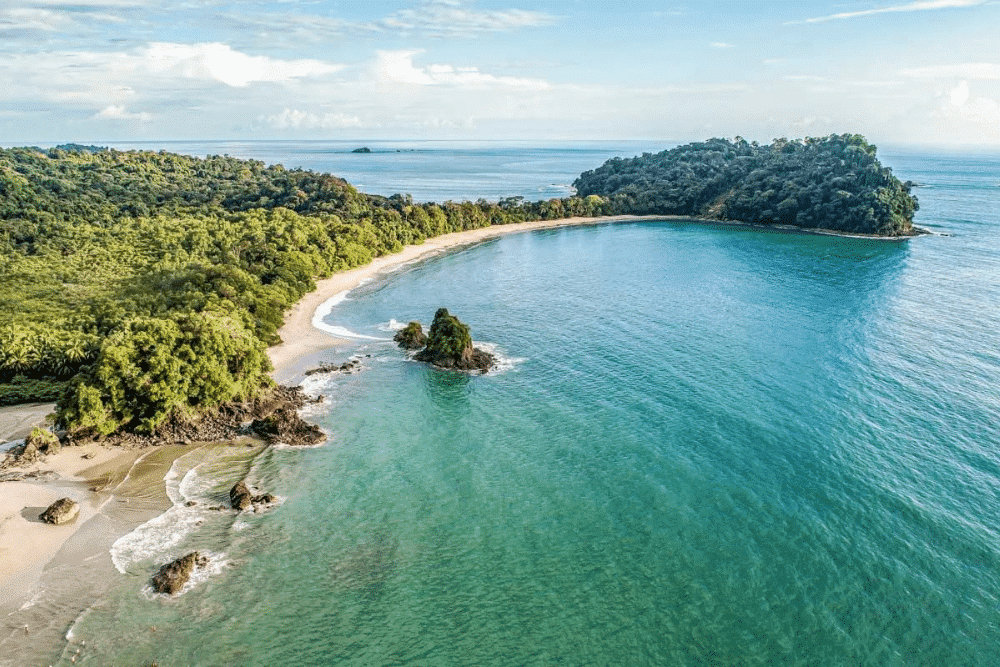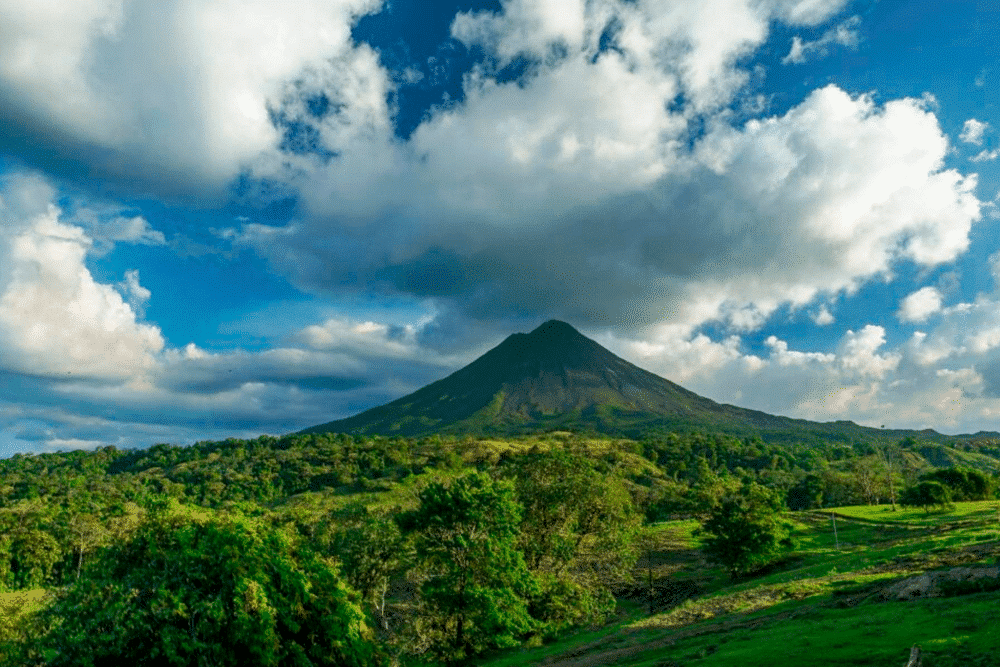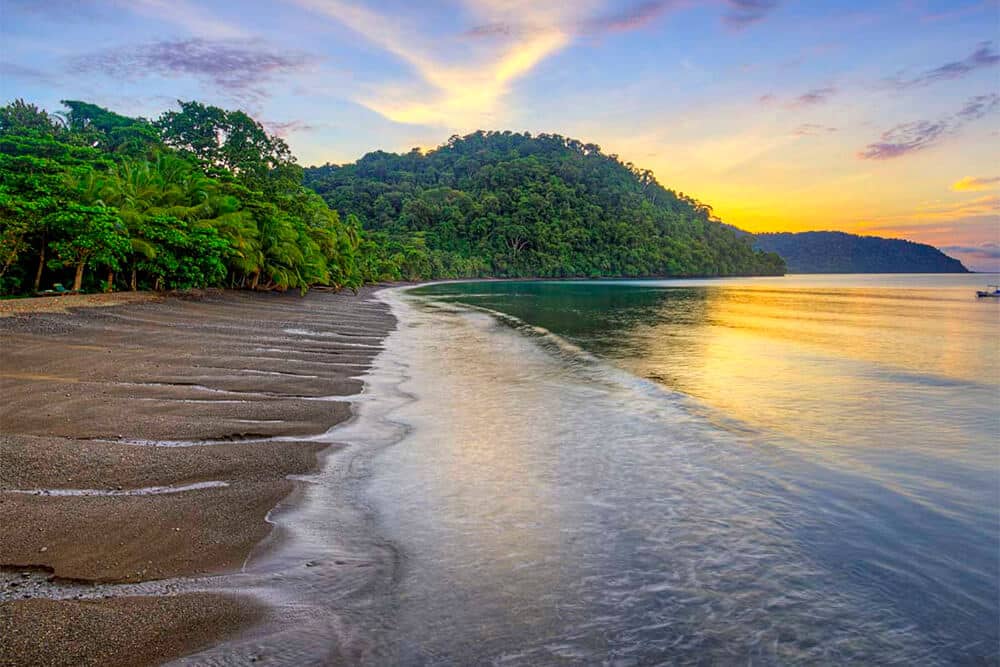[vc_row][vc_column][vc_column_text css=”.vc_custom_1521127856358{margin-bottom: 0px !important;}”]Getting around during your vacation in Costa Rica is easier than you might think! Public transportation is abundant, and its easy to rent your own wheels, as well.
If you’re not touring the countryside, private transfer to your hotel is a stress free option. After pick up at the airport, you can relax and enjoy the ride with all the creature comforts. Once arrived, you rely on taxis to get around in the area.
Taxis are widely available throughout the country and the rates, set by the government, are relatively inexpensive. Rates are revised (up or down) every few weeks. Expect to pay about $2.50 per mile, around $10 for an hour’s wait and $1.50 per 6 minutes for being stuck in traffic. $200 will cover a long distance destination, such as San José to Arenal, but prices may be negotiable in advance, especially if the meter (Maria locally) is “broken.”
Uber has also arrived in Costa Rica, though is still mostly only available in the Central Valley. Nonetheless, it is possible to hire an Uber to take you and your group to other parts of the country, and is typically less expensive than a taxi, private driver or flights for more than two people.
Porteadores are private hire cars- technically Special Stable Taxi Service; their drivers shuttle people around for a fixed or negotiable price.
If you have plenty of time for your visit to Costa Rica, a rental car offers the greatest independence and flexibility. For the best deal, book your car before you arrive in Costa Rica. Here are a few other things you’ll want to keep in mind about renting a car in Costa Rica:
- When you take delivery of the car, check it carefully for damage and ask a company rep to sign off on even minor dings. If traveling during green season, consider a 4-wheel drive.
- Never leave your car unattended and never leave anything in it. Usually there’s someone lingering in the parking lot who will keep an eye on it in exchange for $5 or $10.
- Speed limits are 50 km/hr city, 80 km/hr elsewhere and 90 km/hr highway. Fines are steep, $600 for a few km/hr over the limit.
- If you have an accident, call your rental car agency immediately. If the accident is very serious, call 911.
Domestic or private charter flights may be the most convenient option, as long as the weather cooperates. Most weather-related delays and cancellations occur in the afternoons and evenings. You’ll also need to travel lighter; baggage charges can be stiff. Flight times are usually less than an hour, averaging about 40 minutes. If you’re feeling especially extravagant during your vacation in Costa Rica, you can also always charter a helicopter flight to get you where you’re going.
Two domestic carriers, Nature Air and Sansa, fly between Costa Rica’s domestic airports. The largest private charter firms are ATASCA (Aviones Taxi Aéreo, S.A.) and its sister carrier TACSA (Taxi Aéreo Centroamericano, S.A.) and Paradise Air. All fly out of San José airports: Juan Santamaria and Tobias Bolaños (also known as Pavas Airport). Airports inn Guanacaste and Puntarenas include Liberia, Tamarindo, Nosara, Punta Islita, Tambor and Arenal. Farther south, Quepos/Manuel Antonio, Palmar Sur, Bahia Drake, Golfito and Puerto Jiménez all have domestic airports.
If you’re traveling to any of the hotels booked through Small Distinctive Hotels of Costa Rica, a shuttle can meet you at the nearest airport or arrange a private transfer; just ask at the time of booking.
In the case of Playa Nicuesa Rainforest Lodge, set within Piedras Blancas National Park on the shore of Golfo Dulce, you can only drive as far as Golfito (4.5 hours). Nicuesa management recommends the secured parking at Fish Hook Marina, where someone will meet you for the 45-minute cruise along the inland coast of Golfo Dulce to the lodge. You can also fly into Golfito or Puerto Jiménez, where you’ll be met and escorted to your launch for the 45-minute trip across the Gulf.
Despite the country’s tiny size, the challenges of geology, climate and infrastructure in Costa Rica can conspire to create longer travel times than you might expect. However, in recent years, the government has made great improvements to the roads, especially along the Pan American Highway and between San José and the Pacific coast. You can rely on your hotelier to help you get where you want to go; after all, you’re their guest.[/vc_column_text][/vc_column][/vc_row][vc_row][vc_column][mk_padding_divider][/vc_column][/vc_row][vc_row fullwidth=”true” fullwidth_content=”false” css=”.vc_custom_1520619632050{background-color: #0e2960 !important;}”][vc_column][vc_wp_text][static_block_content id=”1426″][/vc_wp_text][/vc_column][/vc_row]

